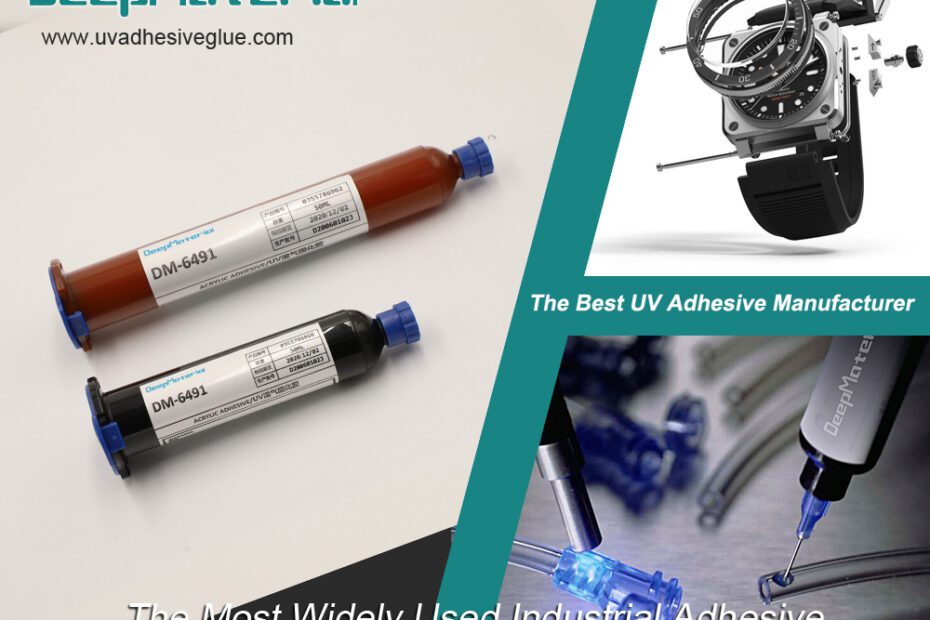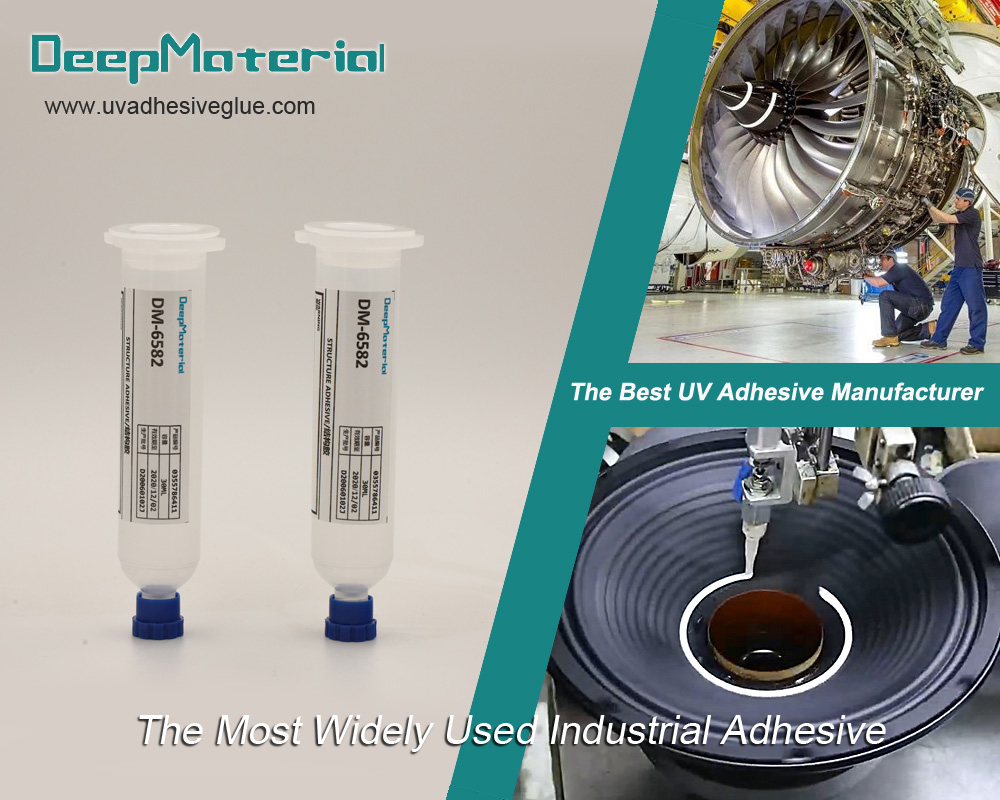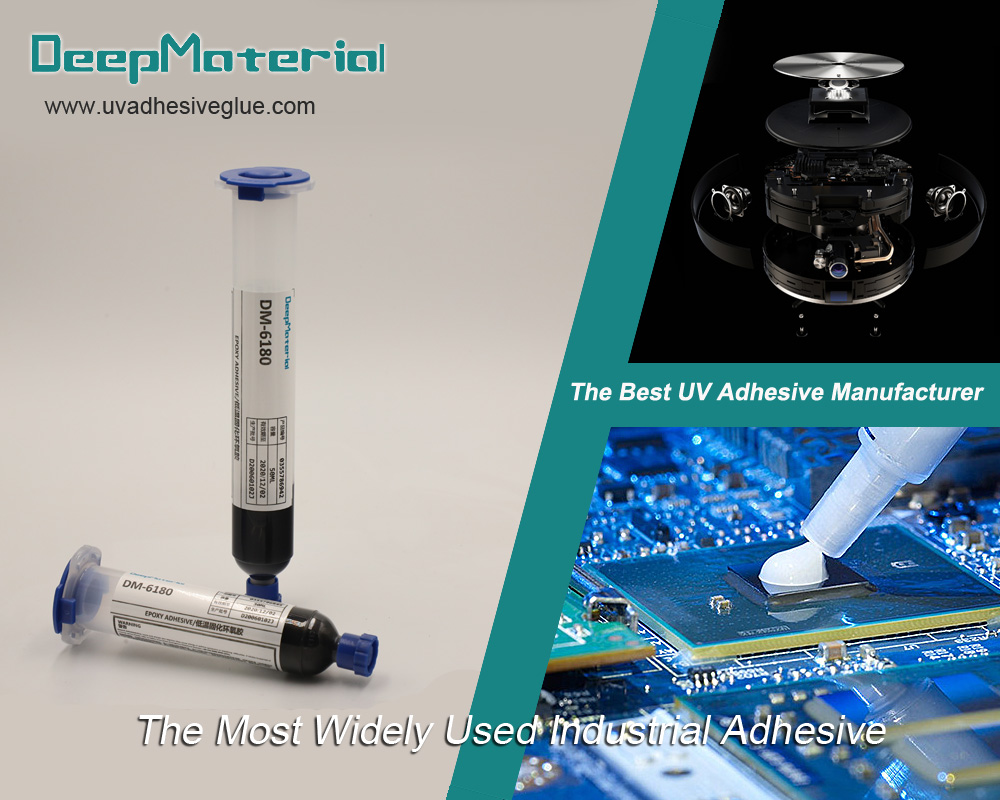In recent years, with strong support from national policies, China’s electronic information industry has continuously developed, and its technological level has improved significantly, leading to an expansion of the industry’s scale. Currently, China has become the world’s third-largest manufacturer of electronic information products, and the electronic sector has become a pillar industry of the national economy. China’s production of major electronic products such as computers, smartphones, and color televisions ranks first in the world, highlighting its position as a major electronic product manufacturing nation. Under the impetus of the electronic information industry, China’s electronic adhesive market has experienced rapid growth.
Electronic adhesives are essential in electronic equipment repair and maintenance, as they contribute to the reliability, performance, and longevity of the repaired devices, and it also providing bonding and sealing solutions for various components and substrates. These adhesives are designed to meet the specific requirements of electronic applications, such as conductivity, thermal management, and protection against environmental factors. Different types of adhesives are available to suit specific applications and environmental conditions, allowing technicians to make efficient and long-lasting repairs.
Here are some common applications of electronic adhesives in repair and maintenance:
Component Bonding: Electronic adhesives are used to bond various electronic components onto printed circuit boards (PCBs). These components include resistors, capacitors, integrated circuits (ICs), diodes, and transistors. The adhesive ensures a strong and reliable connection between the component and the PCB, improving the overall performance and reliability of the equipment.
SMT (Surface Mount Technology) Assembly: Surface mount components are widely used in modern electronics. Surface Mount Adhesive is used in place of soldering to attach components to the surface of PCBs. This technique can be used for heat-sensitive components or in situations where soldering might not be practical. Electronic adhesives aid in the precise placement and bonding of SMT components onto the PCB during assembly and repair processes.
Encapsulation and Potting: Potting and encapsulation involve covering sensitive electronic components or circuits with a protective resin or adhesive. This provides mechanical support, electrical insulation, and safeguards against moisture, dust, and other contaminants. Potting is commonly used in applications like power supplies, LED lighting, and industrial control systems.
Wire Tacking and Fixing: In wire bonding and tacking processes, adhesives are used to attach fine wires to semiconductor devices or PCBs. This technique is often used in microelectronics and chip packaging. In electronic equipment repair, adhesives are used to tack down and fix wires and cables in their designated positions, preventing accidental disconnection and ensuring organized wire routing.
Thermal Management: Some electronic adhesives are formulated with thermal conductivity in mind. They are used to bond heat sinks, thermal pads, and other cooling components to dissipate heat generated by electronic devices effectively. Electronic adhesives with high thermal conductivity are used to attach heat sinks to semiconductor devices or power components. This helps in efficient heat dissipation, preventing overheating and potential damage to the electronics.
Conformal Coating: Electronic adhesives can be used as conformal coatings to protect PCBs from moisture, chemicals, dust, and other environmental factors. Electronic adhesives that serve as conformal coatings help prevent corrosion, leakage, and short circuits. The coating forms a thin, protective layer that conforms to the contours of the PCB, leaving no gaps or exposed areas.
Component Replacement: When a component on a printed circuit board (PCB) becomes faulty or damaged, it may need to be replaced. Electronic adhesives are used to attach the new component securely to the PCB, ensuring a reliable electrical connection and mechanical stability.
Solder Joint Reinforcement: In some cases, solder joints on PCBs may weaken or break due to mechanical stress or environmental factors. Electronic adhesives can be used to reinforce these solder joints, providing additional support and preventing further damage.
Cable and Connector Repair: Cables and connectors are critical parts of electronic equipment. If a cable is frayed or a connector is loose, electronic adhesives can be used to repair and secure them in place, restoring proper functionality.
Bonding Loose Parts: In electronic equipment, it’s not uncommon for small parts or components to come loose over time due to vibration or mechanical stress. Electronic adhesives can be applied to bond these loose parts back in place.
Repairing Traces and Conductive Paths: Adhesives with conductive properties are used to repair damaged traces or conductive paths on PCBs, allowing technicians to fix minor faults and restore functionality.
Connector and Cable Sealing: Adhesives are used to secure connectors, sockets, and other interfaces to the PCB, providing mechanical stability and preventing intermittent connections.
Adhesives with sealing properties are used to protect connectors and cable connections from moisture and other environmental factors, preventing oxidation and ensuring reliable signal transmission.
LCD and Display Repair: Electronic adhesives are used to bond and seal LCD panels and other displays in electronic devices like smartphones, tablets, and monitors, in the assembly of electronic displays, such as LCDs (Liquid Crystal Displays) or OLEDs (Organic Light-Emitting Diodes), adhesives are used to bond different layers, ensuring they remain firmly in place and preventing dust or moisture ingress.
With the continuous development of adhesive technology, the variety of adhesives continues to increase. In equipment maintenance, adhesives are increasingly being used due to their excellent performance, convenience of use, quick operation, wide adaptability, and cost-effectiveness. When applying adhesive technology for equipment maintenance, it is essential to select the most suitable adhesive that meets specific needs and design the bonding process accordingly. At the same time, it is important to pay attention to factors such as cleanliness, surface roughness, and surface chemical structure, as they can significantly impact the effectiveness of the adhesive bond. Proper surface preparation is crucial to achieve a strong and reliable bond during the equipment repair process.
Overall, It’s important to select the appropriate electronic adhesive for each specific application to ensure the proper functionality and longevity of the repaired or maintained electronic equipment. Adhesives come in various formulations, including epoxies, silicones, polyurethanes, and acrylics, each with its unique properties and strengths, making it essential to choose the right adhesive based on the requirements of the repair or maintenance task.
For more about choosing the electronic adhesive,you can pay a visit to DeepMaterial at https://www.uvadhesiveglue.com/for-electrical-appliances/ for more info.


